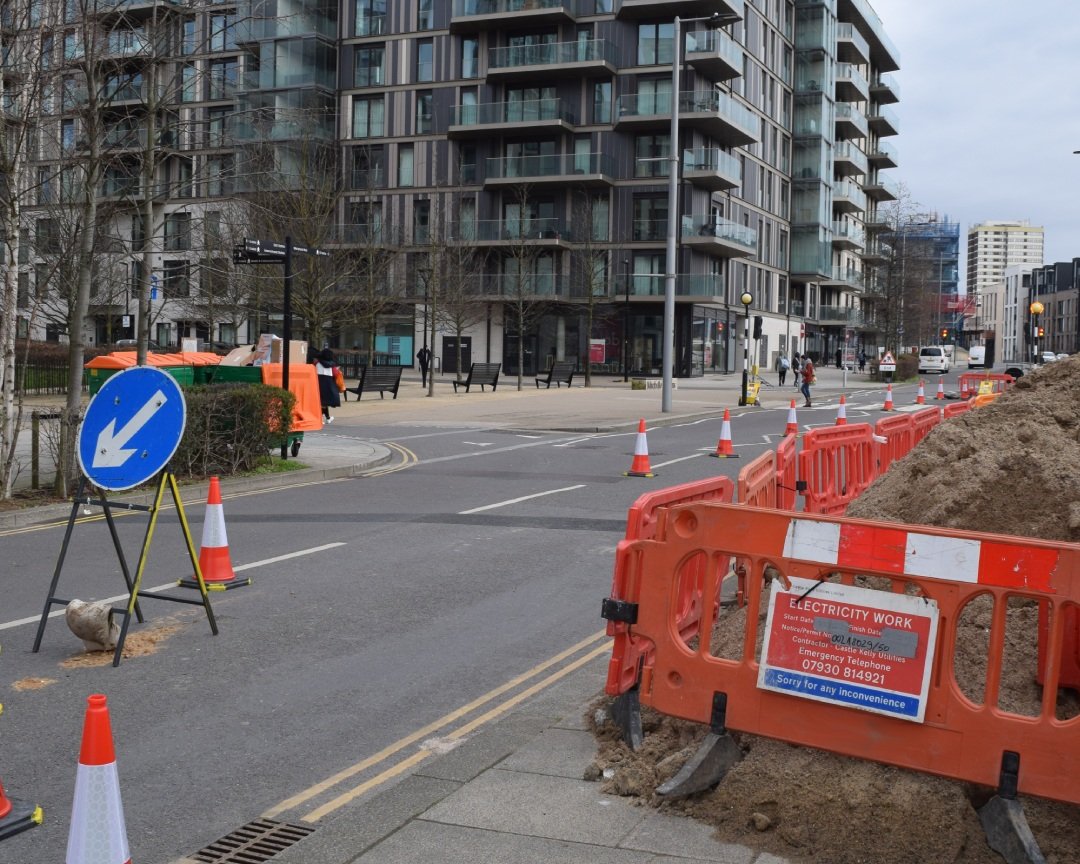why do we have COMPETITION in connections?
Competition in Connections is always talked about, but hidden in the context of conversations. When we talk about DNO (Distribution Network Operator) restrictions, for example, we are talking about Competition in Connections because many network restrictions are in place because of it.
After Competition in Connections (CiC) was introduced, ICPs (Independent Connections Providers) were too. ICPs like Complete Utility Solutions can have advantages over DNOs. We are flexible on solutions and can offer a range of paths to take, with detail on the directions to take, their benefits, and drawbacks. ICPs also have a commercial advantage, coexisting relationships with several companies, businesses and networks, and having the ability to compete in utility markets. Due to the limits placed on DNOs, naturally, ICPs can be quicker to find resolve for issues and shorten timeframes on requests.
This does not mean anyone can call themselves an ICP and offer these works. Only Lloyds Register accredited companies can call themselves an ICP.
A LITTLE BIT OF HISTORY...
Utilities have been defined in British history. The structure of the utility market has been remodelled many times, and understanding how and why gives us a broader knowledge of the industry. Before the CiC codes, there were various eras in utilities, each one leading up to what we know now as the modern utility sector.
After World War II, then Prime Minister, Clement Attlee nationalised the gas and electricity industries, which prior to this, were managed by county councils, supply organisations and private firms. The nationalisation brought gas companies together to create gas boards. Similarly, the electricity companies were consolidated into electricity boards. Both gas and electric boards had companies in geographical locations that dealt with the relevant utility connections. These exist today as DNOs and GDNs (Gas Distribution Networks).
In the late 1950s, the Central Electricity Generation Board (CEGB) was established and maintained responsibility for generation, transmission and delivery. Later, in the 1970s, the gas board was consolidated and public gas supply was controlled by the national British Gas Corporation. They were responsible for the development and maintenance of gas supply to Britain and were supervised by the Secretary of State for Energy.
Prime Minister during the 1980s, Margaret Thatcher introduced plans to privatise the gas and electricity markets. Over the decade, the Gas and Electricity Acts were introduced (1986 and 1989) and the relevant bodies were denationalised. British Gas Corporation shares were sold on the London stock market. In 1990, the CEGB was broken up into three new companies, Powergen, National Power and Nuclear Electric, focusing on generation activities. The transmission activities of CEGB were relocated to National Grid Company, owned by National Grid Group. Nuclear Electric assets were combined with Scottish Nuclear’s to form a new company, British Energy.
At the end of the 90s, and over the 00s, British Gas reorganised to become individual companies: Lattice Group and BG Group. The former acquired ownership of Transco (later to merge with National Grid Group). In 2016, BG Group was sold to Shell.
In 2000, National Power demerged into Innogy and International Power. Innogy was sold to RWE in 2002 and renamed to Npower, and International Power was sold to GDF Suez (Later Engie) in 2012 and renamed Engie Energy International. British Energy was bought by EDF and rebranded to EDF Energy. Powergen was acquired by E.ON in 2002.
The Competition and Utility Acts were introduced in 2000. This new act was part of an initiative to develop the electricity market. This new act enabled Competition in Connections, allowing other companies, such as ICPs and IDNOs (Independent Distribution Network Operators), the ability to manage elements of utility connections outside of DNOs. Prior to this act, all work could be completed by DNOs. The introduction of this act was to encourage competition in the markets for the benefit of the clients, with price regulations and higher quality of service being offered, and also progress towards renewable resources of energy.
In 2015, Ofgem approved a CiC Code of Practice, enhancing the governance over DNOs and how they provide services to aid competition. This includes DNOs making customers aware of ICPs and other connection options in the market available in their area, as well as DNOs having a timeframe to provide a point of connection to competitors the same length as it would to its own business connection. Since the Code of Practice came into effect, DNOs have to provide annual reports to demonstrate how they are meeting the obligations. Ofgem can penalise companies for not aligning with the code of practice or closing off competition.
Read about Complete Utility Solutions' gas and electric connection services here.
We are happy to assist with any enquiries regarding your project, and welcome emails at enquiries@cu-solutions.co.uk for these.
To arrange a lunch and learn session with Complete Utility Solutions to discuss why your project will benefit from an ICP like ours, email us at rebecca.winn@cu-solutions.co.uk or call the team on 01709 540544.


